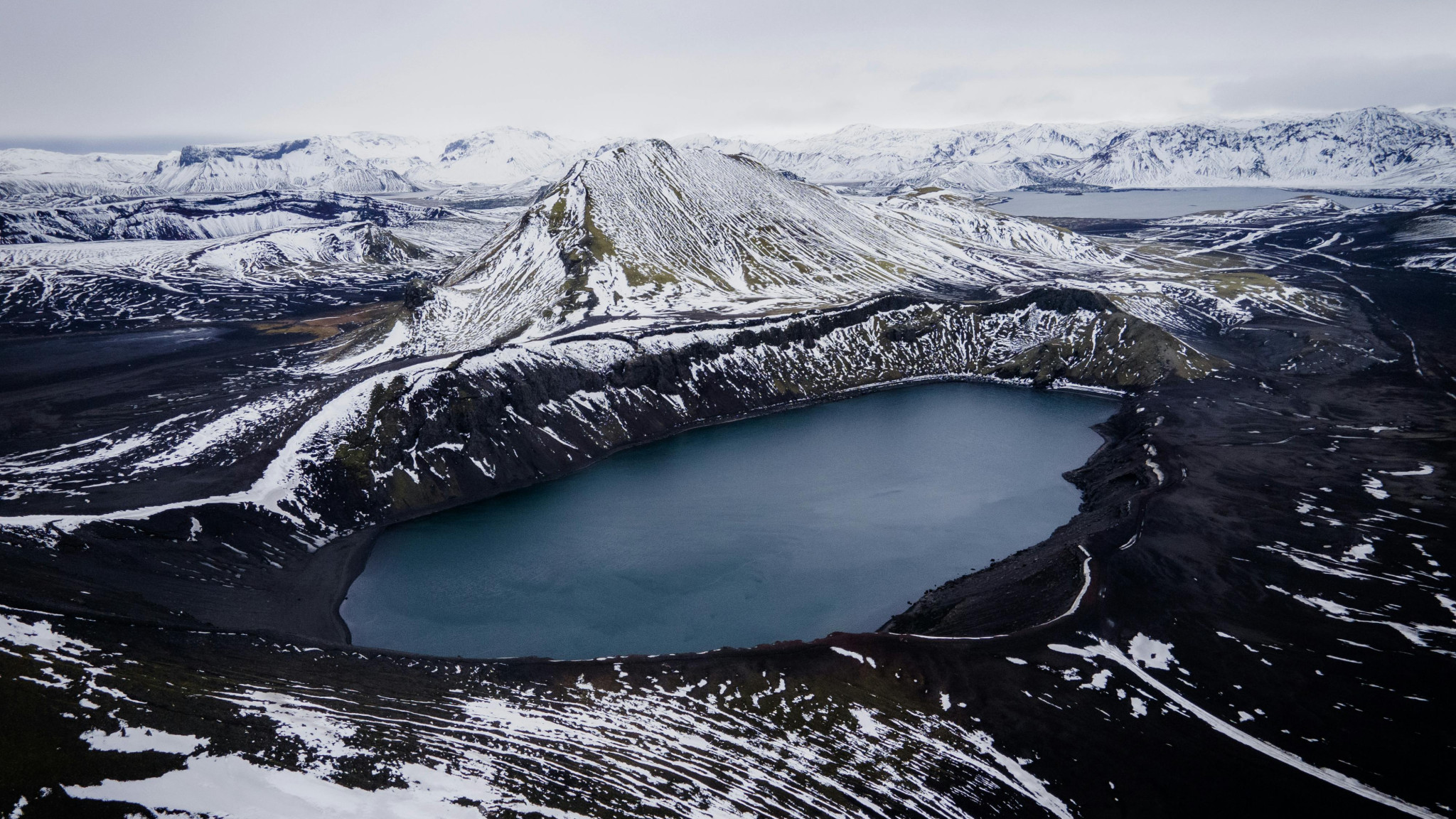Some of the most impactful cultural innovations came from seemingly remote places.
Just like a huge portion of current popular music was influenced by the soundsystem culture originating on the relatively small Caribbean island of Jamaica, a similar phenomenon happened within contemporary classical music.
The population of Iceland, a remote volcano island in the Northern Atlantic ocean, isn’t much bigger than any mid-sized European city (around 400,000 inhabitants), but its artistic community hugely influences what we are calling "neoclassical" or "post-classical" music today.
In Iceland, more specifically in Rejkjavik, the Northernmost capital of the world, a group of young artist-composers created an "Icelandic sound" without even trying too hard – just by letting their home and its natural surroundings reflect in their work. Icelandic art traditionally focused on literature, not on music. It might have helped that they didn’t feel the weight of a strong local compositional heritage.
Though having left Reykjavík in the early 2000s for Copenhagen and later Berlin, the late composer Jòhann Jòhannsson was a pivotal figure in this development. His think tank Kitchen Motors also included composer Hildur Guðnadóttir who rose to fame with her outstanding film soundtracks.
As important forerunners, we should also mention the Icelandic post-rock band Sigur Rós, as well as iconic singer-producer Björk. Both pushed local sounds beyond the borders of the island and made a global impact while keeping elements of traditional Icelandic music in their songs.
Just like these artists, many of the Icelandic neoclassical composers share roots in the musical underground, more specifically in indie rock, hardcore punk, and electronic music, including Jóhannsson and Ólafur Arnalds.
Here are five records that summon the spirit of "neoclassical" Iceland.
Listen to the article's playlist as you read:
Jóhann Jóhannsson: »Virðulegu Forsetar« (2004)
One of Jóhannsson’s first works to garner international acclaim, this hour-long piece in four parts is based on the principles of Minimal Music, repeating a single brass phrase, then slowing it down and adding drones, shifting its pitch and mood completely over its duration.
His first album Englabörn, released two years prior, contained chamber music songs of shorter duration. This album is more of a longform experience, designed to be taken in fully, in one sitting.
The premiere of Virðulegu Forsetar happened in the same Rejkjavik cathedral where the album recordings took place. The show finished during sunset, and during the piece, helium balloons descended slowly from the cathedral’s roof into the crowd. Can you imagine a more beautiful image?
Hildur Guðnadóttir: »Saman« (2014)
Before she broke through in the soundtrack world with her major works on TV series like Chernobyl and films like Joker, Hildur Guðnadóttir released a few solo albums centered around her droning cello compositions.
On her fourth solo record Saman (Icelandic for “together”), she presented sparse compositions for cello, synthesizer and her voice. All three elements often blur together and get drowned in reverb, creating an ethereal wall of sound. The songs bear references of folk and classical music, ending up “somewhere between Björk and Bach”, as an anonymous internet commenter aptly wrote. Now what’s more Icelandic than that?
Ólafur Arnalds: »Island Songs« (2016)
For this gorgeous body of work, the composer traveled to seven different villages and towns across Iceland, meeting local artists to create and perform an entirely new song every time. The project was documented via audio and video recordings in real-time and released on a DVD with the final album.
Collaborating with poets, musicians, choirs, orchestras and singers, Arnalds managed to paint a vivid audio-visual portrait of Iceland’s landscape, cultural history and contemporary music scene. A heartfelt dedication to his home country – and one of the most captivating musical pieces to come out of Iceland in past decades.
Gabriel Ólafs: »Solon Islandus« (2022)
A young composer from Kópavogur but now based in Reykjavik, Gabríel Ólafs burst upon the contemporary classical scene with his first two albums Absent Minded and Piano Works. For his Decca debut Solo Islandus, he composed a body of work inspired by the Icelandic folk poet Davíð Stefánsson.
Ólafs’ father read him these poems when he was a child. They contain elements which the composer calls "otherworldly" and that we might associate with Icelandic nature. Ólafs aptly describes this album as a “multimedia window to the past and future of my homeland”.
Vikingur Ólafsson: »From Afar« (2022)
Here award-winning, celebrated pianist Víkingur Ólafsson reflects childhood memories of growing up in Iceland. The album, which was recorded on a Steinway grand piano, and then again on an upright piano, includes compositions by Bach, Schumann, Brahms, Mozart, Bartók, and Hungarian composer György Kurtag.
Inspired by the nature and the people of his home country, as well as a personal encounter with Kurtag in Budapest, the emotive performance explores similarities between Kurtag’s aesthetic and the Nordic tradition represented by this Icelandic folk song, written by composer Snorri Sigfús Birgisson.
by Stephan Kunze

